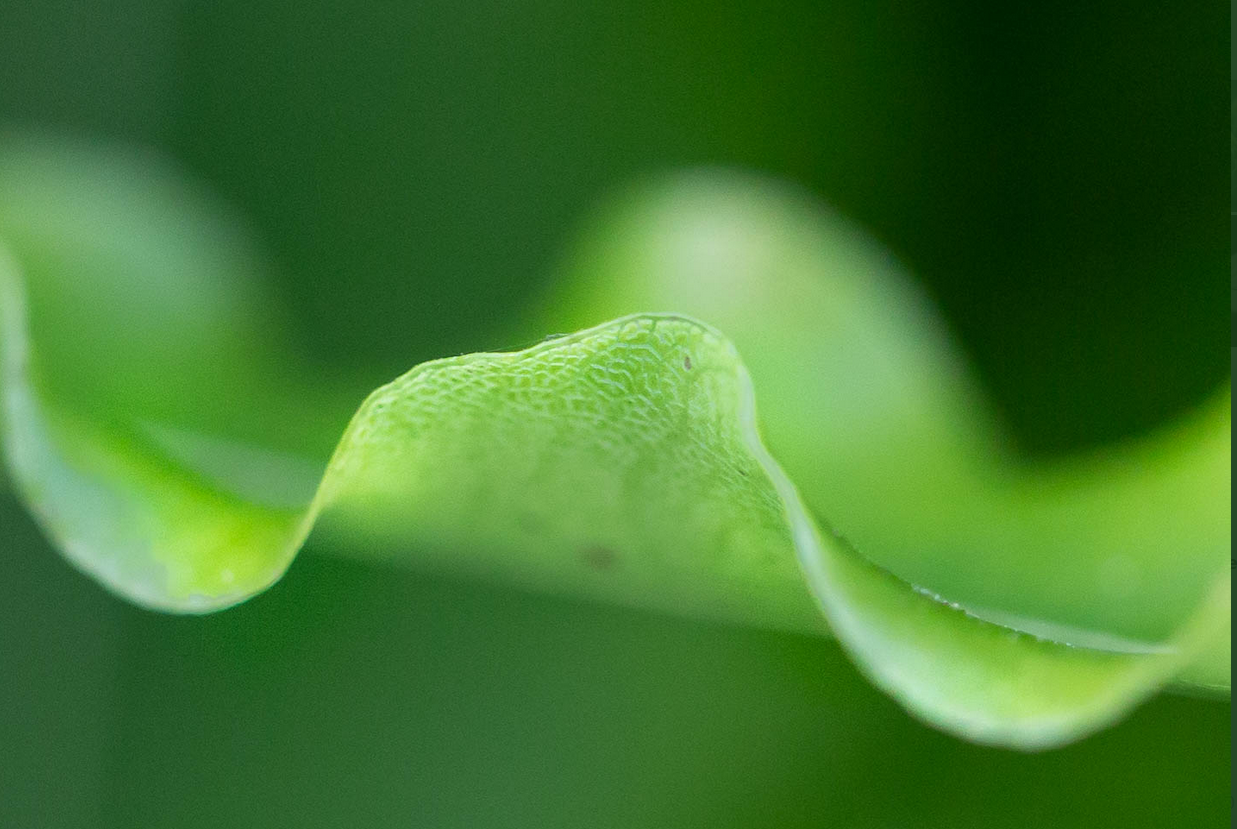John Dunton, one of my favorite late seventeenth-century fellas (of whose Athenian Mercury I wrote a series for The Awl), decided to amalgamate “extracts and abridgements of the most valuable books printed in England” between 1665 and 1692. It’s called The Young Students’ Library, and there’s an entry on what I’m 90% sure are modern-day rattlesnakes. Here’s the description:
“There are in several Places of America a kind of Serpents, most dangerous, which is called the Bell-Snake, because with the End of their Tail they make a Noise very like that which Bells do, when they are moved. This Animal is very big, about five Feet long, and of Brown Colour· mixed with Yellow: It hath a forked Tongue, and long sharp Teeth, and moves with as much Swiftness, that it seems to Fly.”
Worrisome. Dunton helpfully includes the ways and means of killing it. According to a Captain Silas Taylor, what you do is poke it with a stick, on one end of which you’ve put some “wild Pouliot” leaves, which are rattlesnake-kryptonite. Here’s Taylor in his own words:
The wild Pouliot, or the Dictam of Virginia, is about a Foot high, the Leaves are like unto those of the Pouliot, and little blue Knots, at the Places where the Branches are joyned to the Trunk; and though the Leaves are of a Red Colour, inclining to Green, the Water, which is distilled thence, is of a fine Yellow, and is like Brandy. When these Leaves are opened and put upon the Tongue, they seem very hot and pricking. They take of these Leaves, which they tie to the End of a splitted Stick, and some one puts it very near the Nose of the Bell-Serpent, which useth all its Endeavours to draw away from it, but the Smell, as it is believed, kills it in less than half an Hour.
America might a new Garden of Eden where a New Jerusalem could be built, but it comes with the serpent. Of course, it also comes with a handy serpent-killer. The OED tells me dictam is a labiate plant that was thought to be medicinal. Not just medicinal—magic. Cretan dittany was said to be able to expel weapons. Its American cousin was also known as pepper-wort and (fittingly enough) Snake-Root.
But how well did work?
“This Experiment was made in Iuly 1651. at which Time it is thought the Venom of these Animals is in its greatest Strength. This Gentleman also assured the Royal Society, That where ever the wild Pouliot groweth, or the Dictam of Virginia, there are no Bell-Serpents to be seen.”
In short, to keep your Eden serpent-free, be a good gardener. Plant wild Pouliot and keep the devil-bell out.

Maybe in the 17th century hoes weren’t invented yet. We always use hoes to kill poisonous copperhead snakes when they are too close to our house. Seems easier than the 17th century method!